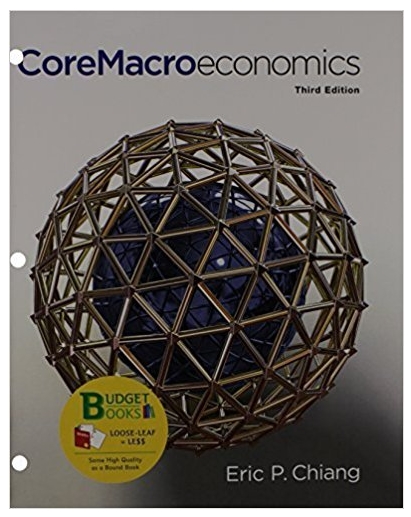The table below shows the maximum output of beer or chips that the US and Mexico can produce under constant cost conditions. US Mexico


The table below shows the maximum output of beer or chips that the US and Mexico can produce under constant cost conditions. US Mexico Beer 24,000 12,000 Chips 5,000 3,000 a. Graph the production possibilities frontiers for Mexico and the US. In the absence of trade assume that the US produces and consumes 18,000 beers and 2,000 chips and that Mexico produces and consumes 8,000 beers and 1,000 chips. Denote these points on each country's production possibilities frontiers. b. Determine the marginal rate of transformation for each country. According to the theory of comparative advantage, should the two countries specialize and trade with one another? If so, which country should specialize in the production of which product? Once specialization has occurred, what is the increase in output? c. Suppose that the terms of trade between the US and Mexico is 1 chip for 5 beers. Illustrate the trading possibilities curve for both countries. Assume that 2,000 chips are traded for 10,000 beers. Are the consumers in the US and Mexico better off? If so, by how much? The table below shows the maximum output of beer or chips that the US and Mexico can produce under constant cost conditions. US Mexico Beer 24,000 12,000 Chips 5,000 3,000 a. Graph the production possibilities frontiers for Mexico and the US. In the absence of trade assume that the US produces and consumes 18,000 beers and 2,000 chips and that Mexico produces and consumes 8,000 beers and 1,000 chips. Denote these points on each country's production possibilities frontiers. b. Determine the marginal rate of transformation for each country. According to the theory of comparative advantage, should the two countries specialize and trade with one another? If so, which country should specialize in the production of which product? Once specialization has occurred, what is the increase in output? c. Suppose that the terms of trade between the US and Mexico is 1 chip for 5 beers. Illustrate the trading possibilities curve for both countries. Assume that 2,000 chips are traded for 10,000 beers. Are the consumers in the US and Mexico better off? If so, by how much? The table below shows the maximum output of beer or chips that the US and Mexico can produce under constant cost conditions. US Mexico Beer 24,000 12,000 Chips 5,000 3,000 a. Graph the production possibilities frontiers for Mexico and the US. In the absence of trade assume that the US produces and consumes 18,000 beers and 2,000 chips and that Mexico produces and consumes 8,000 beers and 1,000 chips. Denote these points on each country's production possibilities frontiers. b. Determine the marginal rate of transformation for each country. According to the theory of comparative advantage, should the two countries specialize and trade with one another? If so, which country should specialize in the production of which product? Once specialization has occurred, what is the increase in output? c. Suppose that the terms of trade between the US and Mexico is 1 chip for 5 beers. Illustrate the trading possibilities curve for both countries. Assume that 2,000 chips are traded for 10,000 beers. Are the consumers in the US and Mexico better off? If so, by how much?
Step by Step Solution
3.47 Rating (160 Votes )
There are 3 Steps involved in it
Step: 1
Chips 4000 3000 2000 800200 Mexico 1000 5 00 1000...
See step-by-step solutions with expert insights and AI powered tools for academic success
Step: 2

Step: 3

Ace Your Homework with AI
Get the answers you need in no time with our AI-driven, step-by-step assistance
Get Started


